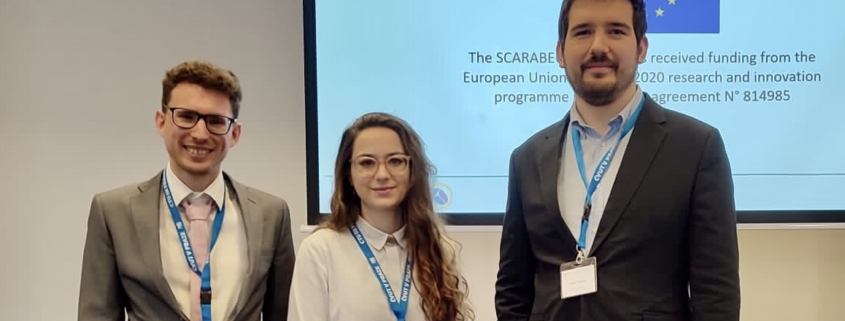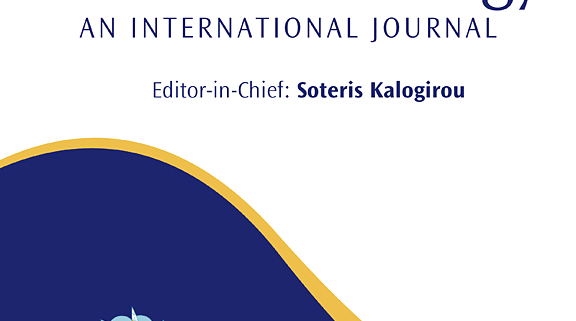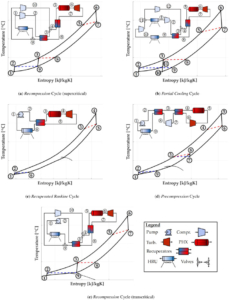Very nice representation of the SCARABEUS project team at the 5th European Conference on Supercritical Carbon Dioxide Energy Systems
The 5th European Conference on Supercritical Carbon Dioxide Energy Systems was held in Prague (Czech Republic) on the 15th and 16th of March, 2023. The conference was very well organised by Prof. Dostal (Czech Technical University in Prague, Czech Republic) and Prof. Brillert (Technical University of Duisburg-Essen, Germany).
The excellent scientific programme was comprised of scientific and industrial presentations, combined with interesting keynotes and panel sessions. This unfolded in an excellent setup which enabled continuous networking and provided the younger researchers with an excellent opportunity to mix and exchange ideas with senior scientists and industrials leading the development of supercritical CO2 power systems. Amongst these Early Stage Researchers, we would like to congratulate Viktoria (TU Wien), Ettore (Politecnico di Milano) and Pablo (University of Seville) for their very good presentations, which attracted the interest of the audience.
The technical papers presented at the conference will be made available in Open-Access in the coming months. More information will be shared on the SCARABEUS website when available.





